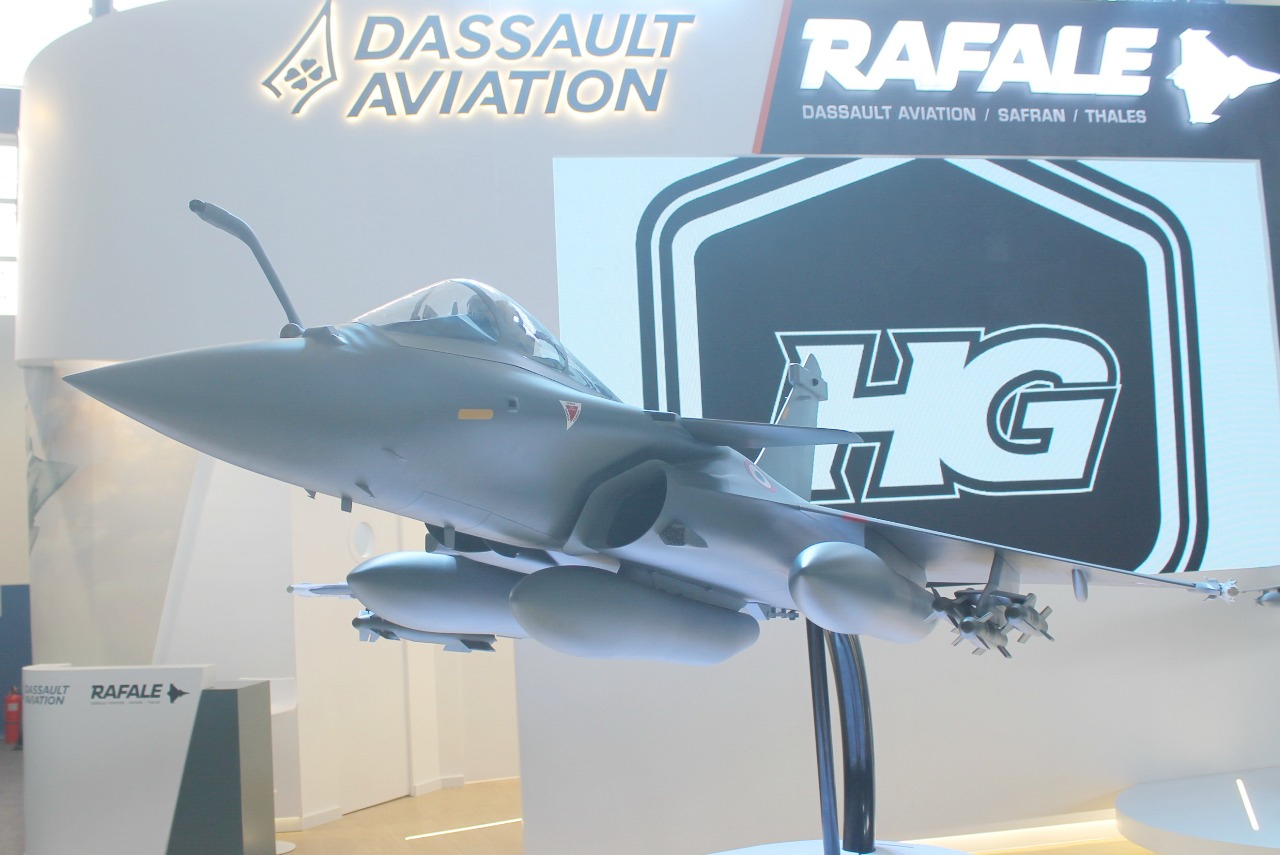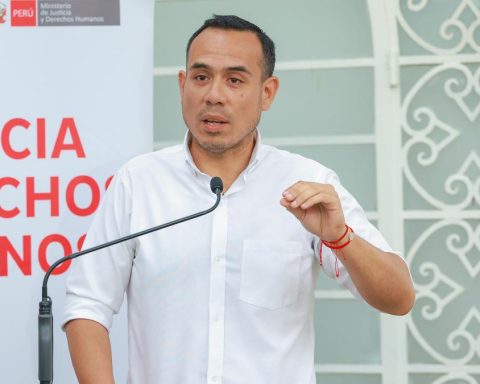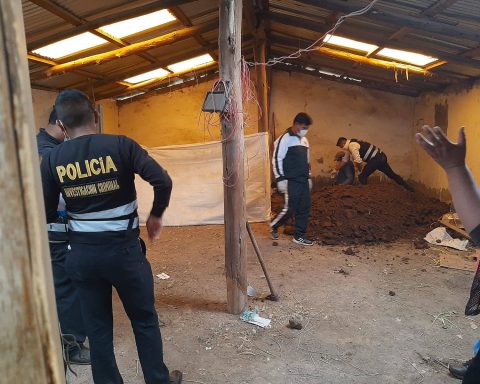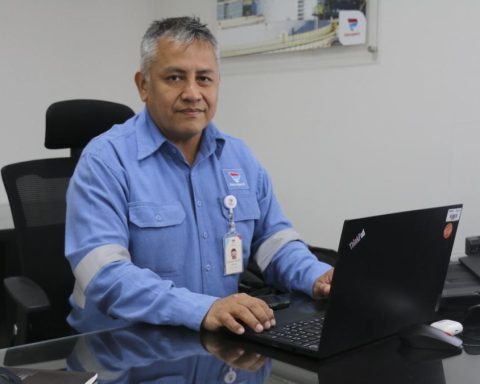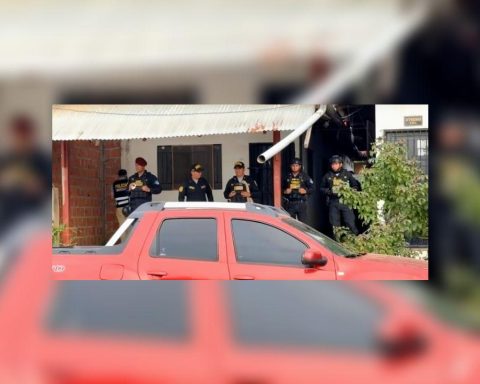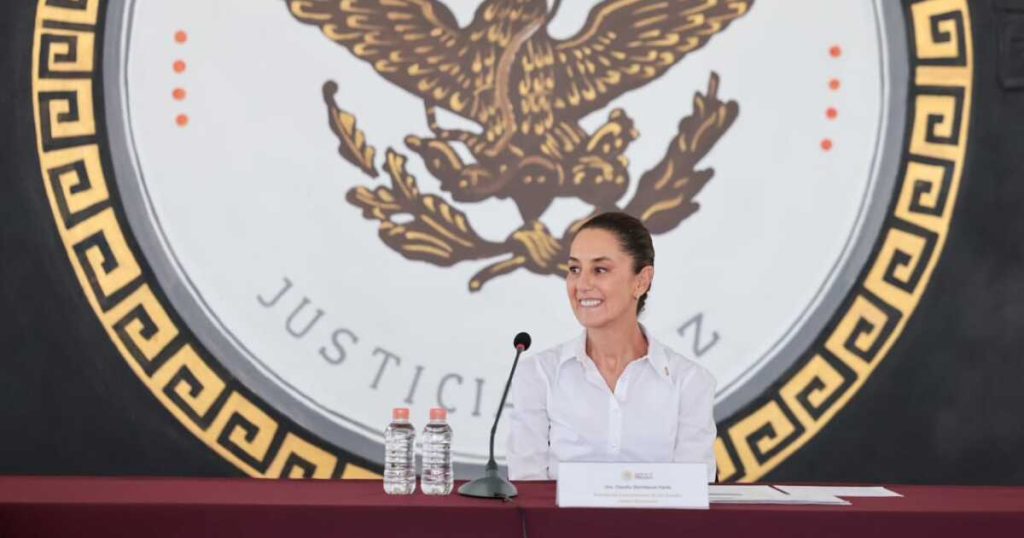Delegations of France, the United States and Swedenrepresentatives of fighter aircraft manufacturers Rafale, F-16 and Gripenrecently met with Peruvian authorities. In these meetings it was confirmed that the Peruvian government intends to acquire a fleet of 24 fighter aircraft, allocating a budget estimated at 3.5 billion dollars for this project.
Companies producing war aircraft, the North American Lockheed Martin and the Swedish Saab, exhibit flight simulators of their F-16 and Gripen models at the International Drone, Aircraft and Space Fair (Sitdrone), which began last Thursday the 21st in Las Palmas Air Base, Surco.
YOU CAN SEE: PNP intelligence loses track of Nicanor Boluarte: they did not follow up on key days
FAP officers had the opportunity to learn about the technological advances of both designs.
Instead, Dassault presented a mockup of its Rafale fighter. The exhibition offered in the country by the manufacturers Lockheed Martin, Saab and Dassault of their respective fighter models is evidence of the beginning of a competition to win the multimillion-dollar contract for the supply of 24 units required by the FAP.
YOU CAN SEE: Rosa María Palacios denounces Willax TV, Sunat, Augusto Thorndike and Erasmo Wong for violation of privacy
Reserved meetings
As part of the process, representative commissions of the three companies held meetings with officials from the Ministry of Defense, in some cases, and with the Air Force Command, in others, in order to present the qualities of their models, as well as to know the technical and contractual requirements of the Peruvian side.
On October 17, the head of the Saab delegation, Klas Forsman, held an interview with the director of Industrial and Social Offset Compensations, Víctor Pomar Galdós, and on October 21, with the vice minister of Defense Resources, Adolfo Herrera Orlandini.
On October 23, the same official Víctor Pomar received the representatives of Lockheed Martin, Shawn Douglas Racz, Bobby Philip Thomas and Andrés Rodríguez Wilchez.
In the case of the French, the Dassault delegation, headed by Frederic Marc, preferred to concentrate on technical matters, which is why they met with authorities from the FAP Operations Command in the last week of October. These conclaves show that the three warplane manufacturing companies have clear interest in presenting their offers.
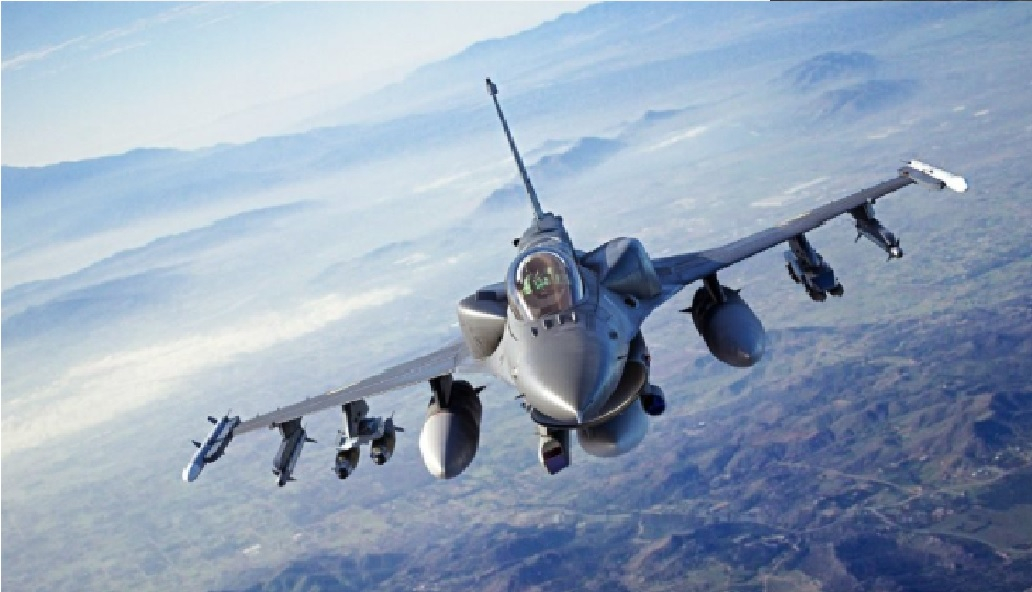
YOU CAN SEE: Harvey Colchado’s lawyer on lifting suspension “He must reinstate as head of the Diviac”
It’s not just money
The Lockheed Martin and Saab delegations, with the purpose of knowing in depth the details of the FAP requirements, met with senior managers and specialists from the Electronics Service (Selec), Maintenance Service of Peru (Seman Perú) and War Material Service (Semag), of the Air Force.
The purpose of these contacts between aircraft manufacturers and potential users of the FAP, apart from obtaining precise information on the characteristics that the fighters needed must have, is also to know the scope of the compensation program (offset). that the Peruvian State will demand for the acquisition of the fleet of 24 aircraft.
Precisely, on September 11 of this year, a modification of the “General Directive that regulates industrial and social offset compensation derived from contracting in the foreign market of the Defense sector” was published.
The objective of contracting military equipment is to improve the national industry through technology transfer, training of qualified personnel, co-production and other forms of cooperation.
The new standard specifies it as follows: “Long-term strategic partnership agreements between a foreign company and a local company, aimed at strengthening national industrial and technological capabilities, through technology transfer, joint production, personnel training, establishment of infrastructure and joint research and development projects.”
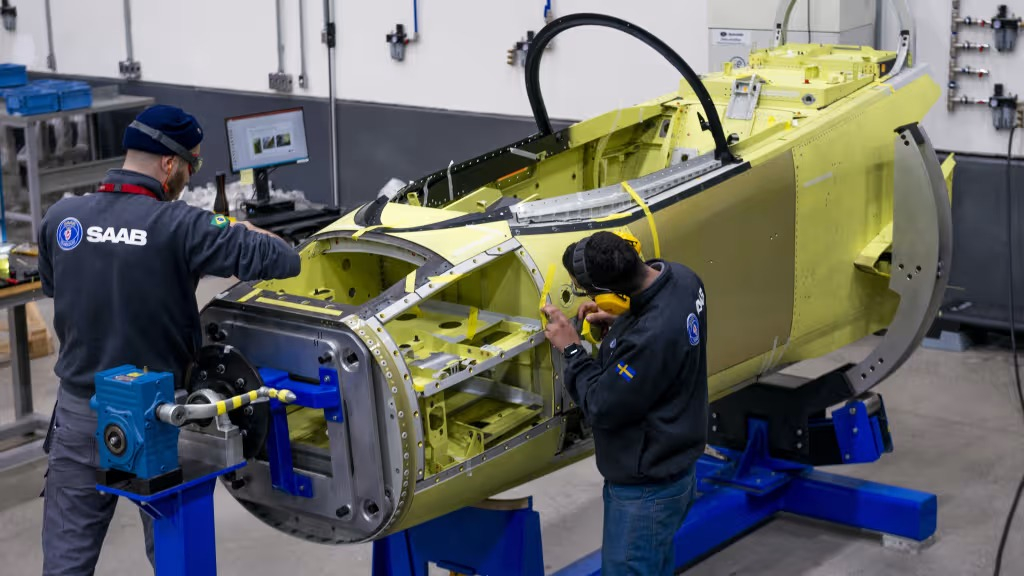
To transfer or not to transfer
The recent provision of the Ministry of Defense is clearer regarding what the company that obtains the good contract must do.
“The contractor must also sign industrial participation agreements in which the foreign supplier company undertakes to integrate local companies in the supply chain of the acquired defense system (in this case aircraft), promoting technology transfer and development. of capacities for the production of components, final assembly and support services of the defense system,” it is indicated.
This explains why delegations from aircraft factories interested in contracting with the FAP have held meetings with officials from the Directorate of Industrial and Social Offset Compensations, of the Ministry of Defense.
Therefore, the evaluation is not limited to the economic and technical offers, but will also include the compensation proposal (offset).
The most recent experience is carried out by the Swedish Saab, which, as part of the sale of 36 units of Gripen E/F to the Brazilian Air Force (FAB), companies from Rio produce parts of the ship and some examples are assembled in the country.
First were the tail cone and the air brakes, and then the front fuselage, which is where the cockpit is located, and the ejection seat and controls, the radar, the machine’s avionics, among other devices, are fitted.
Not all fighter manufacturers are enthusiastic about the idea of transferring technology or co-producing their models. But in Peru the offset is key.
Box
There are only three hunting models that are evaluated:
● The Minister of Defense, Walter Astudillo, confirmed that the FAP is studying three fighter models to renew the fleet of 40 years of service. He specified that they are the French Rafale, the American F-16 and the Swedish Gripen.
● “Right now there are the F-16s, the F-35s. Those are the ones with the highest performance. But there are also the Rafales from France, which are excellent fighter planes, and the Gripen planes. They are the three who have been part of the study,” he explained to the PBO channel. ● Once the FAP’s technical studies are completed, it will present the proposal to the Armed Forces Procurement Agency (ACFFAA) to verify the information and negotiate the contract. In this case, the acquisition modality will be Government to Government. That is, the State of the country of origin guarantees compliance with the contract and assumes any eventuality.
● Regarding the budget of US$3,500 to cover the cost of the 24 war aircraft, Minister Walter Astudillo confirmed that it will not affect other State investments or development or social programs, as some congressmen questioned him during the questioning, on October 30 . ● Regarding the transparency of the purchasing process, Astudillo said that he coordinates with the Comptroller General of the Republic so that it has a permanent and vigilant presence in each of the phases of contracting and execution.
